Menus
- Full tank, new oil and freshly lubricated valves
- "Man, varkoofste me?"
- The small four-stroke engine had a displacement of 200 cm³
- Extract from the product description
- Three-speed gearbox with the sword shift
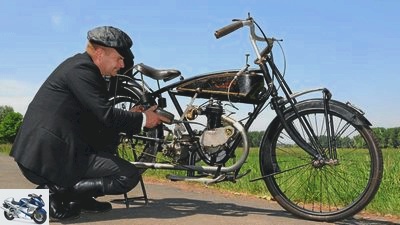
Noll
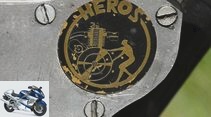
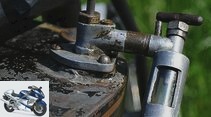
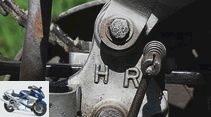
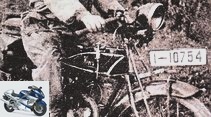
21st photos
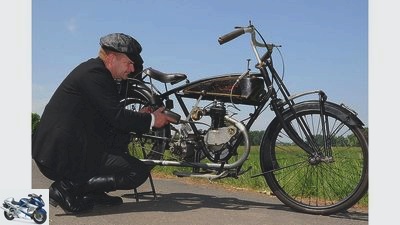
Noll
1/21
HEROS 200 restoration.
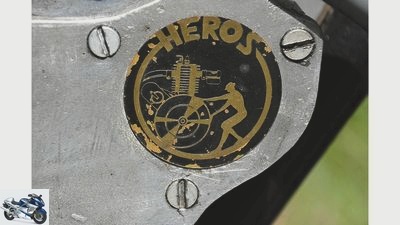
Noll
2/21
HEROS 200 restoration.
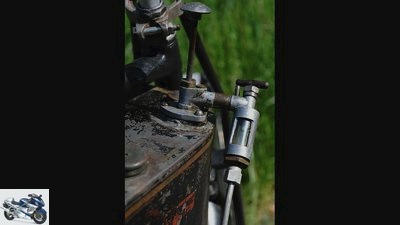
Noll
3/21
HEROS 200 restoration.
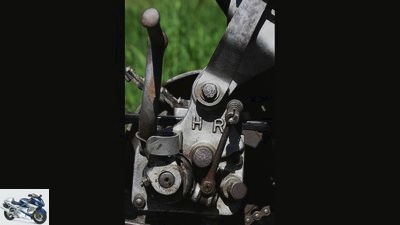
Noll
4/21
HEROS 200 restoration.
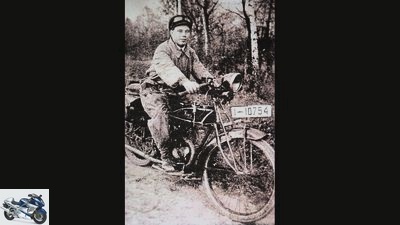
Noll
5/21
HEROS 200 restoration.
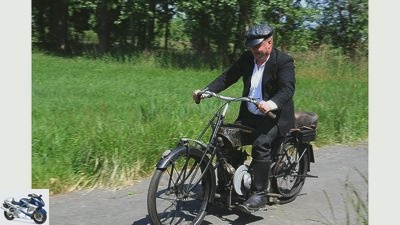
Noll
6/21
HEROS 200 restoration.
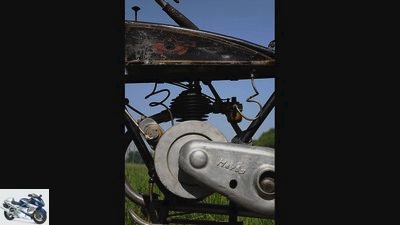
Noll
7/21
HEROS 200 restoration.
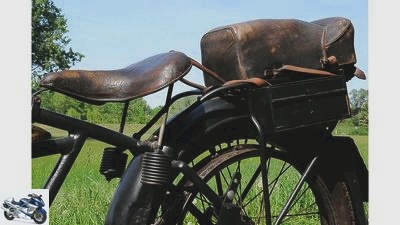
Noll
8/21
HEROS 200 restoration.
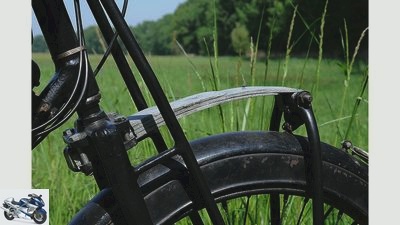
Noll
9/21
HEROS 200 restoration.
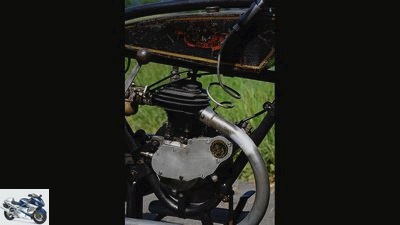
Noll
10/21
HEROS 200 restoration.
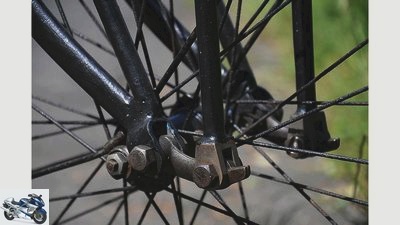
Noll
11/21
HEROS 200 restoration.
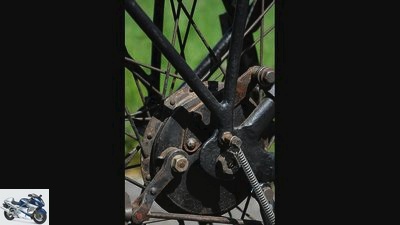
Noll
12/21
HEROS 200 restoration.
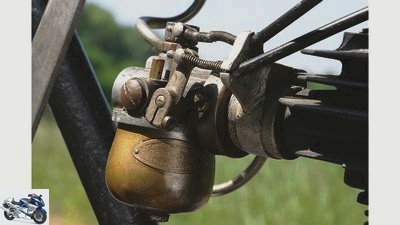
Noll
13/21
HEROS 200 restoration.
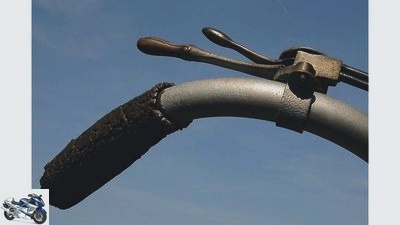
Noll
14/21
HEROS 200 restoration.
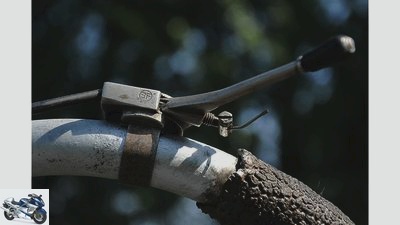
Noll
15/21
HEROS 200 restoration.
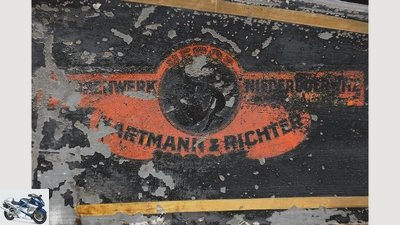
Noll
16/21
HEROS 200 restoration.
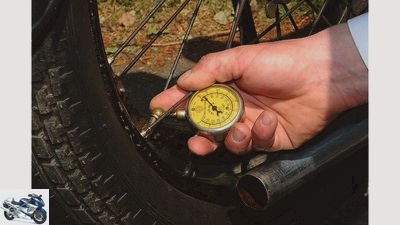
Noll
17/21
HEROS 200 restoration.
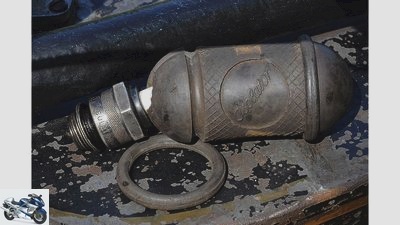
Noll
18/21
HEROS 200 restoration.
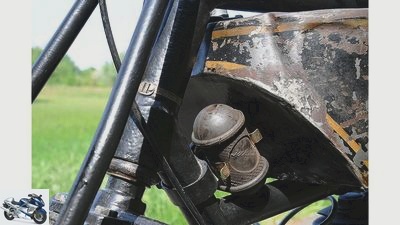
Noll
19/21
HEROS 200 restoration.

Noll
20/21
HEROS 200 restoration.
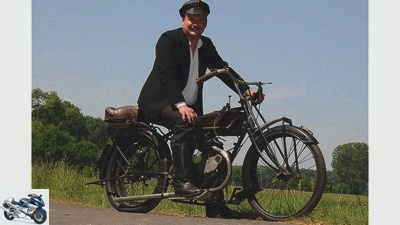
Noll
21/21
HEROS 200 restoration.
HEROS 200 restoration
Full tank, new oil and freshly lubricated valves
Content of
In the 1920s there were two motorcycle manufacturers in Germany who called their models HEROS – in German, hero, fighter. Very few specimens survived. We found one thing .
D.Oldtimer fan Walter Leitert had already proven years ago that he could hardly be topped in terms of endurance and passion when he completed an incomplete, run-down Wanderer V2 engine with countless individual parts gathered all over Germany to make a whole motorcycle. MOTORRAD Classic reported on it in issue 4/2008. After the fall of the Wall from Upper Lusatia to the Rhine-Main area, Leitert quickly made contact with the regional classic car scene. And when one day he discovered an old gasoline tank with an integrated oil pump on the shelf of a motorcycle collector friend of his, it was that time again. A heavily patinated motorcycle plug-in tank made of sheet steel, on which the remains of the lettering could still be seen: HEROS, Motorenwerk Hartmann & Richter, Niederoderwitz.
"Man, varkoofste me?"
"It’s from my homeland. You can globen it for me, I’ll build the HEROS up again", the finder saxed impatiently. And so the tank finally changed hands in July 2007 and Walter Leitert had a new challenge.
But it should soon become clear that he had raised the bar a lot higher with the HEROS than he had with the Wanderer years earlier. There was literature about hikers, there were photos that you could use as a guide during the restoration and, above all, there was a small community of collectors who cherished and looked after these noble motorcycles from Schonau in Saxony. But HEROS? Obviously nobody knew the brand.
In the 1920s, there were two German manufacturers who manufactured motorcycles independently of one another under the name HEROS. Namely, built and sold one in Berlin between 1923 and 1924 "HEROS-Motorfahrzeug Gesellschaft mbH" your model HL. A very simple, almost primitive light motorcycle, which, in contrast to the HEROS from Saxony, was driven by a rotary valve-controlled two-stroke engine from DKW and equipped with a two-speed clutch hub in the rear wheel.
The small four-stroke engine had a displacement of 200 cm³
Walter Leitert found first hints in the reference works of Erwin Tragatsch at Wikipedia on the Internet: "The Heros motorcycle engine company- & Getriebebau is a historical manufacturer of auxiliary engines and motorcycles from Oderwitz. It was founded in 1921 under the name Motorenwerk Zittau, Hartmann & Richter, Niederoderwitz O.L. founded and renamed in 1925. Production was stopped in 1929. In addition to Heros bikes, Ares vehicles were also manufactured here, which were identical to the original brand, both of which were only produced in small series. Before the renaming, copies of the H. & R. made. The company’s product range included various light motorcycles as well as the associated engines and transmissions. The motorcycles and auxiliary engines were equipped with an SV valve control and had a belt drive until 1928."
Not too much, but at least a start for the restorer. In the same year, Walter Leitert took part in the first Wanderer brand meeting with his eight-valve Wanderer, where he proudly reported on his new acquisition, the HEROS. Lo and behold, another visitor had a cast primary cover at home, which he promised to bring to the Veterama, which is held every year on the second weekend in October in Mannheim.
Then nothing happened in relation to a successful part search for a whole year and the first doubts arose as to whether the whole action had any chance of success at all. At that very moment he learned of the existence of a HEROS motor. The small four-stroke engine had a displacement of 200 cm³. Christmas was just around the corner and Leitert set off with a friend to Stuttgart to secure the piece that was so precious for his project.
A stroke of luck: the engine was probably completely dismantled many years ago with the small Bosch ignition magnet and the rare Zefal carburetor and placed in the corner. For Walter Leitert one of the most beautiful Christmas presents in a long time.
Extract from the product description
In a product description from the summer of 1925, the company Motorenwerk Hartmann describes & Judge the two available engines like this:
"Our light motorcycle engines enjoy the best possible reputation everywhere, they are regarded by many experts as the most excellent four-stroke machines that are available on the German market. We owe this recognition of our products primarily to our principle of producing a new, really first-class machine, which is characterized by the most conscientious production, flawless material, well-thought-out, proven construction and enormous power output. It has never been our intention to compete with companies who regard quality as secondary and only try to lure the buyer with cheap prices. As is well known, such practices never last long. The customer supplied with bad engines buys once and not again. Our customers buy from us again and again, they know and appreciate our excellent products and know that they can recommend them to their customers with a clear conscience.
However, it must not be assumed that our engines are very expensive. The opposite is true. We deliver an excellent machine at a reasonably modest price, content ourselves with a modest utility and not doing excessive advertising, which in the end always has to be paid for by the buyer, and we have found that in doing so we are treading the only feasible route and our desire To meet customers. Only through moderate pricing can the motorcycle be introduced to the broader strata of the population and its triumphant advance across the board can be achieved.
Our engines are produced in two types, namely type A: bore 55 mm, stroke 70 mm, power 2 HP; Type B: bore 60 mm, stroke 69.4 mm, power 3.5 HP. Both machines are not subject to any taxation, nor do the light motorcycles equipped with this machine require an official control mark, a driving license and an official registration certificate are also not required. Our 3.5 HP HEROS motor is one of the few machines that does not exceed the tax formula of 0.75, so it can be considered traffic-free in every respect. Anyone skilled in the art will confirm that the power of 3.5 HP with the small dimensions of the machine must be described as a very enormous one and it must also be taken into account that it is considered to be quite economical in terms of fuel and oil consumption. Naturally, the power output achieved can only be made possible through the use of the best materials, precise workmanship and experience-rich construction. Our 3.5 HP motor is in a class of its own and a quality machine for connoisseurs."
Three-speed gearbox with the sword shift
The unexpected appearance of the engine gave a boost. Wheels, brakes, handlebars, fittings, mudguards, running boards, etc. were parts that H & R probably bought from other companies as ready-made goods in the manufacture of their motorcycles. Not so with the three-speed gearbox with the sword shift. But the busy Walter found that too at some point: during a visit to the motorcycle bazaar in Neuruppin. When the luggage rack with the tool boxes as well as the wheels, bulging strips and the unusual passenger leather saddle manufactured by the Muller company were found, construction could have started. But the framework that unites everything was still missing.
Here Walter Leitert finally made a compromise by being able to get hold of a frame very similar to the original and adapting it slightly. A reasonable compromise, because the manufacturer of this frame is still unknown and an original frame has still not been found.
In winter 2009/2010 he was finally able to assemble the machine. And when the days got longer again, the first warm rays of the spring sun let nature awaken from hibernation, there was no stopping Walter Leitert and his HEROS either. With a full tank, new oil and freshly lubricated valves, the two started "Heroes" from Upper Lusatia for their first trip together – until a creeping flat tire brought the happy event to an early end. "Damn ", Leitert scolded in frustration, "the only new features on the machine are the tires and tubes. And of all people they give up the ghost during the test drive!"
Related articles
-
Restoration of the Honda CZ 100
Schumacher Restoration of the Honda CZ 100 Monkey on the grindstone Content of This is how the adult feeling when riding a Honda CZ 100 can be described….
-
Test: Norton 18 H racing machine
Noll Test: Norton 18 H racing motorcycle of the 20s Contents of In the 20s, the Norton 18 H was one of the most successful half-liter machines – and …
-
Brough Superior Mark 1 and Brough Superior Overhead 680
Gargolov 32 pictures Gargolov 1/32 Since the author Ralf Schneider first heard of Brough Superior, he has dreamed of becoming one of the …
-
Werel motorcycles that fall out of the ordinary, part 2 Outstanding bikes from Kawasaki, Honda, Triumph and Harley-Davidson It’s not easy in …
-
The Honda XRV 650 Africa Twin in an individual test
fact 13 pictures fact 1/13 On the move with the Honda XRV 650 Africa Twin. fact 2/13 Optically a motorcycle dream – the Honda XRV 650 Africa Twin. fact 3/13 …
-
Gori driving report Bimota Tesi 3D Tesi is alive For a good 20 years, the high-class forge from Rimini has been trying its hand at motorcycles without a telescopic fork. Can the new Tesi …
-
Driving report MV Agusta F4-750
Driving report MV Agusta F4-750 The stuff dreams are made of What could be nicer than waking up and discovering that everything is not a dream …
-
Aprilia RS 250 test A question of timing Fast street bikes with two-stroke engines? There’s only little Aprilia left. And that too must …
-
Driving report MuZ Mastiff and Baghira
Driving report MuZ Mastiff and Baghira Ei-verbibbch! There look! With two smart designer bikes, MuZ really wants to herald the turnaround. “Both…
-
Driving report Suzuki GSX 750 branded butter It is far more than just a good bread and butter bike: With the GSX 750, Suzuki presents a solid …